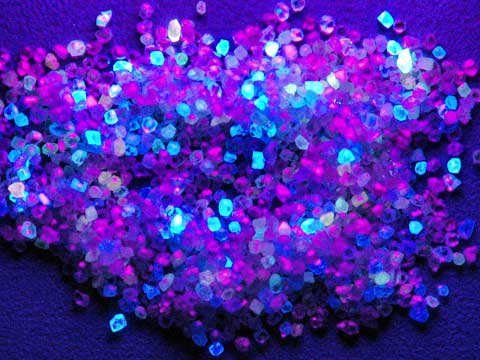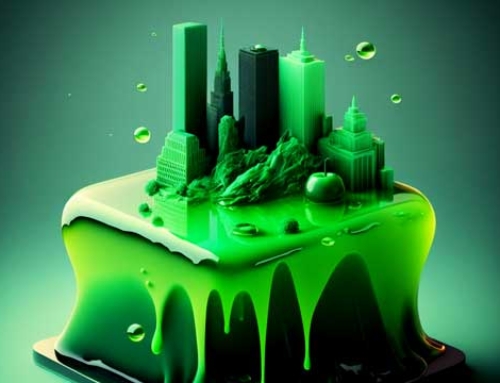The diamond industry has a complicated relationship with fluorescence.
In the past, both the market and consumers recognized the value of a diamond that emitted fluorescence under ultraviolet light. Everyone thought it enhanced the color of diamonds, while offering various marketing opportunities in niche sectors. Remember the disco period of the 1980s, when people swore only by neon lights. A diamond that shines in the dark, that would have been a trend.
But the positive assumptions about fluorescence have evolved over time… at least, according to the market. Several periods of excess inventory, accompanied by one or two scandals on this subject, prompted the market to lower the price of diamonds with varying degrees of fluorescence. The better the colour, the more negatively fluorescence has on the price.
And the discounts are staggering. The Gemological Institute of America (GIA) had published a full article on fluorescence in 1997, in which it challenged the idea that this characteristic had a negative effect on higher quality colored diamonds. In any case, the GIA concluded that fluorescence is positive for lower colors and has no effect on the transparency of a diamond.
But above all, the GIA showed that jewellery buyers made no distinction between diamonds with fluorescence and others. At the time, they had no problem with that and so do most of the diamond professionals.
If this is true, the market is missing an opportunity. The biggest challenge facing the industry is how to expand the demand that has narrowed over the past decade, as buyers become more picky in their research. As a result, there are surpluses of diamonds, which are difficult to sell. In many cases, this is due to fluorescence.
We are witnessing a recovery in demand for stones with zero or light fluorescence and a constant weakness of diamonds with medium, strong and very strong fluorescences. This is difficult to understand if the consumer is not concerned about this issue.
This is where the opportunity lies: smart diamond and jewellery dealers buy fluorescent goods and offer them as a specialized product. Some major sellers, ALROSA in particular, obtain a lot of fluorescence in their production and try to create a category for these stones. If we consider that the industry needs a way to sell its fluorescent diamonds, it should encourage these kinds of initiatives.
Fluorescence not part of the basic 4C’s, but…
Fluorescence is not one of the criteria usually mentioned when analyzing the characteristics of the diamond. However, it remains an important criterion to consider since it can have a significant impact on the price of a diamond. For some diamonds, this criterion will increase the value while for other diamonds, it will be at the expense of price.
The interaction of atoms inside the diamond gives it a certain fluorescence, meaning that the diamond shines when exposed to ultraviolet light (either sunlight or black light). About a third of all diamonds have some degree of fluorescence, blue in 95% of cases. Other colors such as yellow and red are possible but are quite rare. The Hope diamond is one of these exceptions because it has a red fluorescence. Laboratories assign fluorescence levels to diamonds according to the following scale: None, Light, Medium, Strong or Very Strong.
There is no real consensus on fluorescence, even among experts. A diamond with a lower color such as J will appear to have a better color if it has a blue fluorescence and can reach a much higher price than if it was not fluorescent. Since blue and yellow are complementary colors, the fluorescent blue color makes the slightly yellow diamond more whitish, resulting in a higher price. Otherwise, an E colored diamond will lose some of its value if it is fluorescent because it will look somewhat milky. This issue can be perceived very differently through the diversity of cultures. For example, in the United States, consumers tend to like the fluorescent glow of some diamonds, while in Asia, consumers generally do not want fluorescent diamonds.
Diamond fluorescence is sometimes considered an unimportant criterion when buying diamonds. However, this is a criterion that should have a great influence on purchasing decisions, particularly if diamonds in colors D to F are chosen. While for some diamonds, fluorescence will have little impact and may eventually have a positive effect on the selling price, diamonds in colors D, E or F will have their values reduced by being fluorescent. Consumers must therefore be very careful when it comes to fluorescence in colorless diamonds. A large, high quality colorless diamond will be difficult to sell if it is potentially fluorescent.







